Decree 116 nearly stops CBU business from developed countries
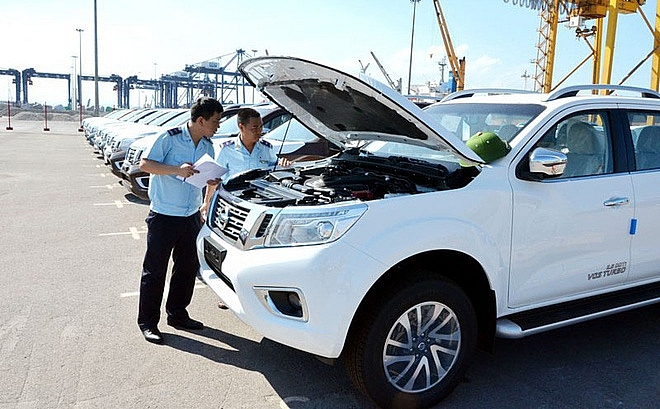 |
| Decree 116 requires testing for every shipment arriving to Vietnam, vexing businesses |
“A stably growing market should include a reasonable balance of both CKD (completely knocked down) and CBU (completely built up). To realise and sustain the balance, we would need to enhance the competitiveness of CKD, which serve the majority of the market. At the same time, smaller niche market segments can be fulfilled when the government revises some clauses of Decree 116. The decree nearly stopped CBU business from developed countries like Japan and the EU in the past six months,” stated Toru Kinoshita, leader of the Automotive Working Group of VBF 2018. He is also director of Toyota Motor Vietnam (TMV) and chairman of Vietnam Automobile Manufacturers Association (VAMA).
According to a report from the Automotive Working Group at the mid-term VBF 2018, only one shipment arrived at Ho Chi Minh City Port and Haiphong Port, and the testing for emissions and safety took three weeks. In the coming time, as the volume of imported vehicles increases from Thailand and Indonesia, this trial waiting time may be longer.
From January to April 2018, not a single car was homologated to be imported from Europe. Thereby, EuroCham is deeply concerned that the lot by lot requirements in Decree 116 and Circular 03 completely contradict the EU and Vietnam’s commitments under the EVFTA to accept ECE documents for vehicles, spare parts, and components without any testing or retesting.
Kinoshita also expressed concerns that the number of imported and locally assembled commercial vehicles decreased by 31 per cent overall in Vietnam since Decree 116 came into effect, according to VAMA data.
Responding to the complaints of EuroCham and the Automotive Working Group, Deputy Minister of Transport Nguyen Van Cong affirmed that lot by lot testing aims to ensure the quality of CBU vehicles, as well as protect consumers and create consistency in quality management compared to domestic automobile manufacturing and assembly.
“If we do not carry out the current regulations, only the first shipment of CBUs would be tested for safety and emissions, while subsequent shipments would be passed over. This could allow companies to import poorer-quality vehicles than the first shipment. This carries the risk of quality fraud, which impacts the quality of CBU vehicles and the rights of consumers,” added Cong.
According to a report of the VBF’s Automotive Working Group, most automobile enterprises are not able to comply with repeated safety and emissions testing for each shipment. Even when vehicle type approval (VTA) is available, each shipment of vehicles, even is it is the same model entering the port, must be inspected to ensure they meet the standards.
Despite these complaints there were 9,056 CBU cars imported into Vietnam in the first five months. Although this figure is 79.1 per cent lower than in the same period last year, importers of Honda, Chevrolet, Ford, and Nissan vehicles proved that they could satisfy the requirements of Decree 116 and Circular 03 to bring tax-exempt CBU cars from Thailand, Indonesia, and other ASEAN countries into Vietnam, showing that it is not very difficult to comply with car import regulations.
What the stars mean:
★ Poor ★ ★ Promising ★★★ Good ★★★★ Very good ★★★★★ Exceptional
Related Contents
Latest News
More News
- Vietnam to become key link in semiconductor value chain (April 26, 2024 | 18:31)
- Nvidia Group may build an AI centre in Ho Chi Minh City (April 26, 2024 | 17:22)
- Vietnam commits $1.08 billion to train 50,000 semiconductor engineers by 2030 (April 25, 2024 | 14:51)
- Southern policies help level up investment from East Asia (April 24, 2024 | 17:00)
- Apple suppliers in Vietnam climb to 35 in 2023 (April 24, 2024 | 15:03)
- Upbeat signs on the horizon right from Q1 (April 19, 2024 | 07:23)
- MoIT proposes scheme to boost renewable energy procurement (April 17, 2024 | 14:05)
- Disbursement delay deemed unacceptable (April 17, 2024 | 09:13)
- Planning for 30 airports to complete by 2025 (April 15, 2024 | 16:56)
- MPI calls for high-tech, green energy cooperation from Washington investors (April 10, 2024 | 15:33)



 Tag:
Tag: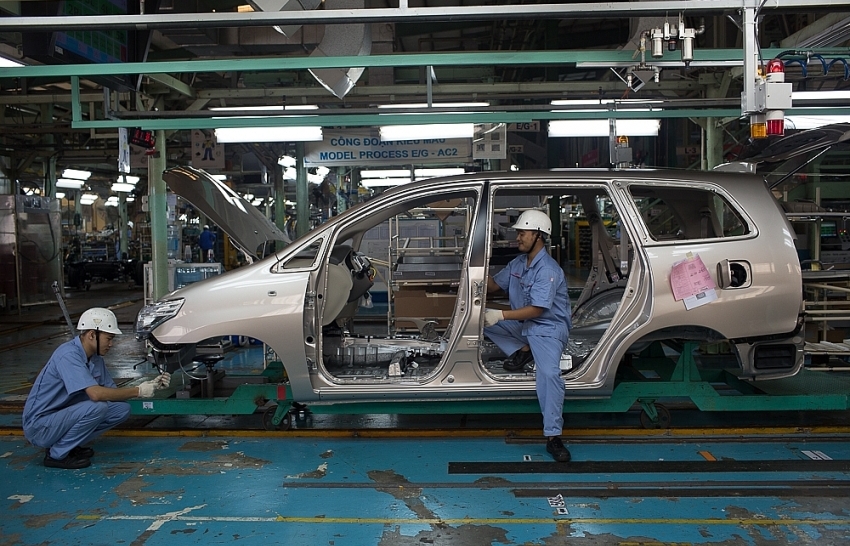
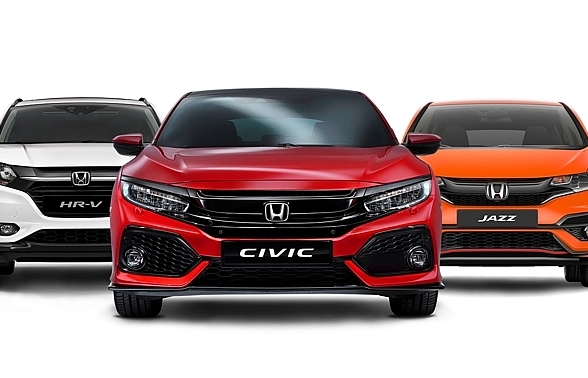
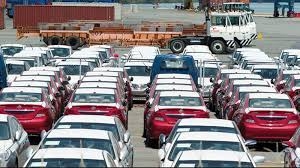
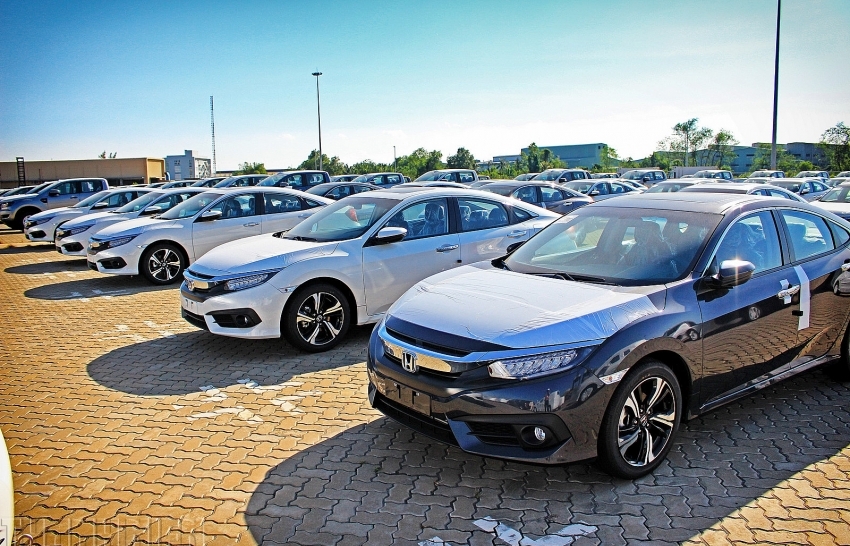
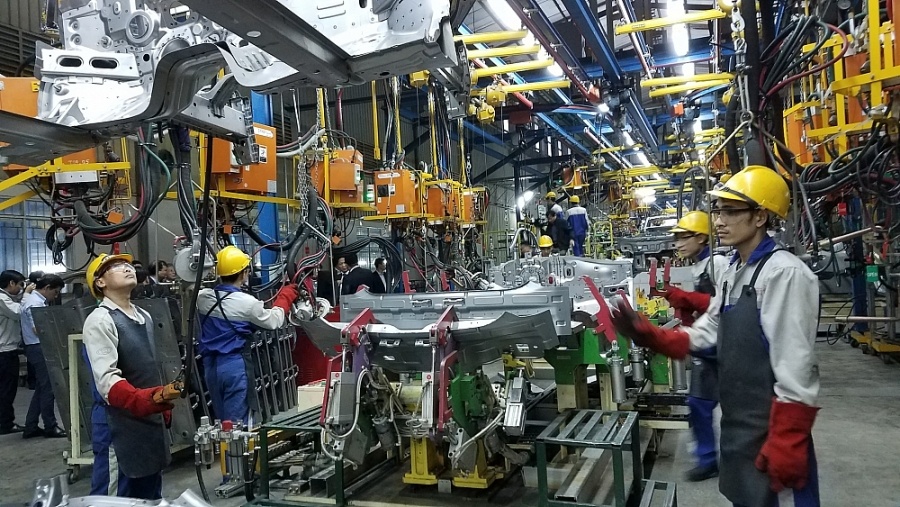




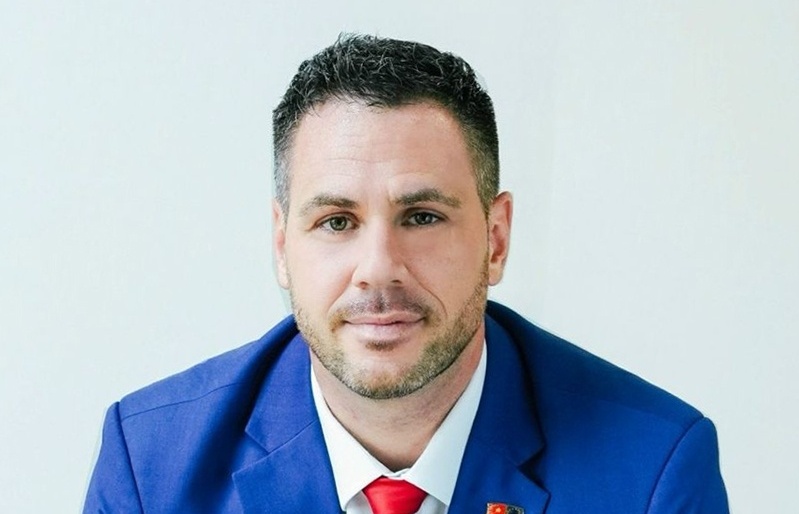
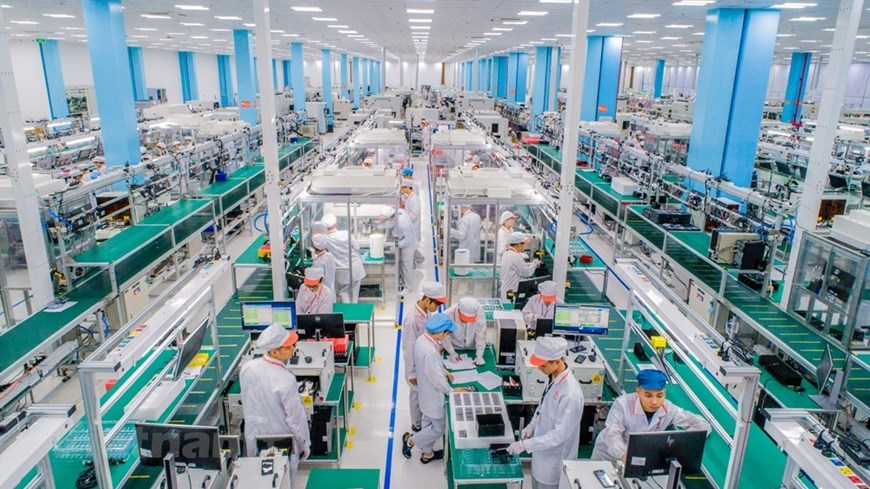
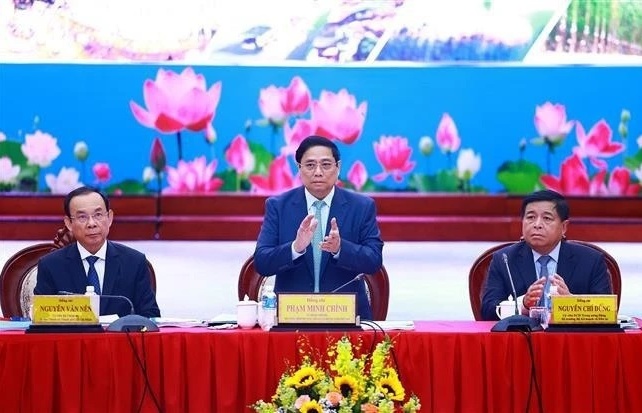
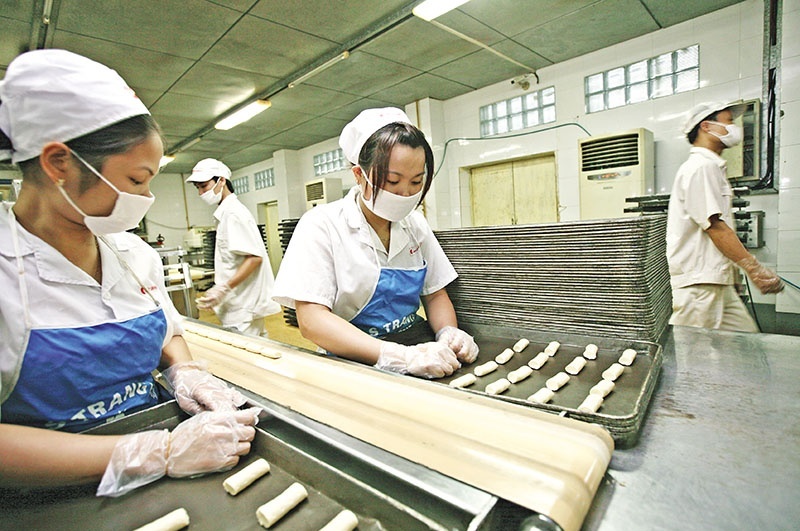
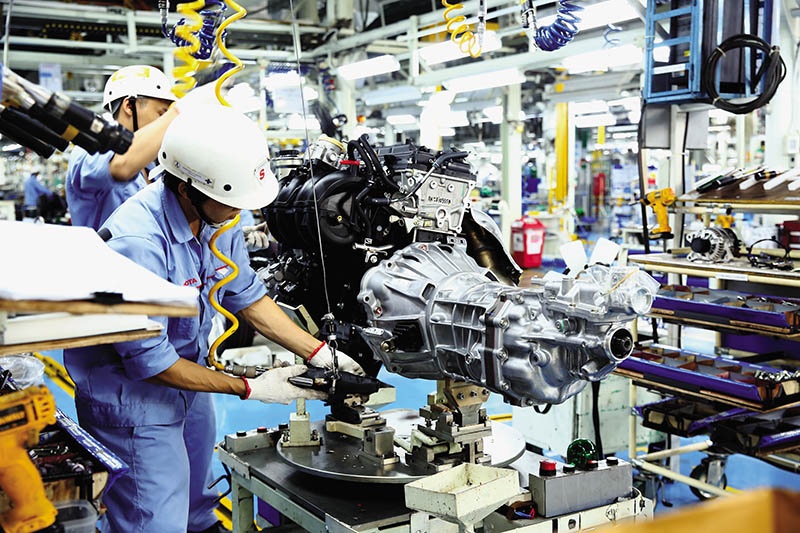
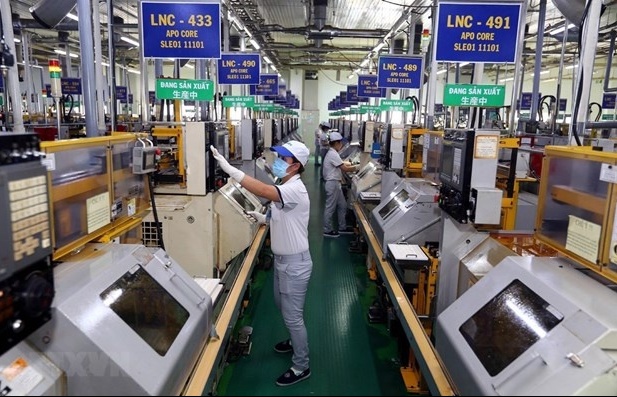





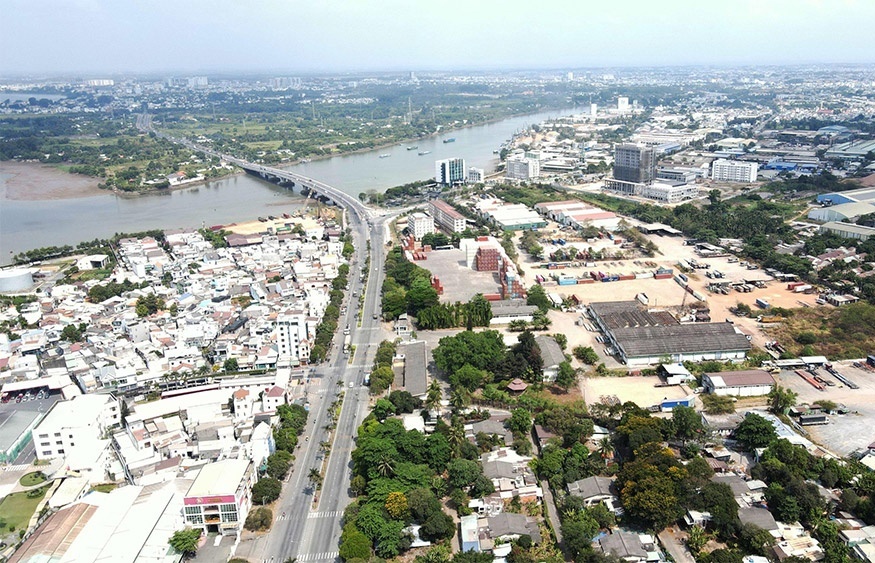
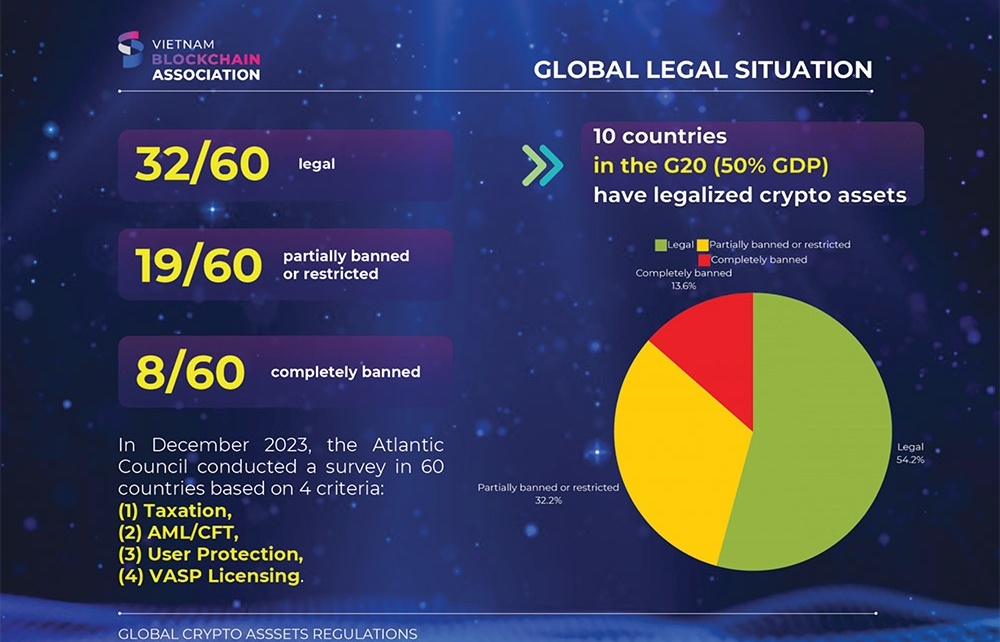



 Mobile Version
Mobile Version